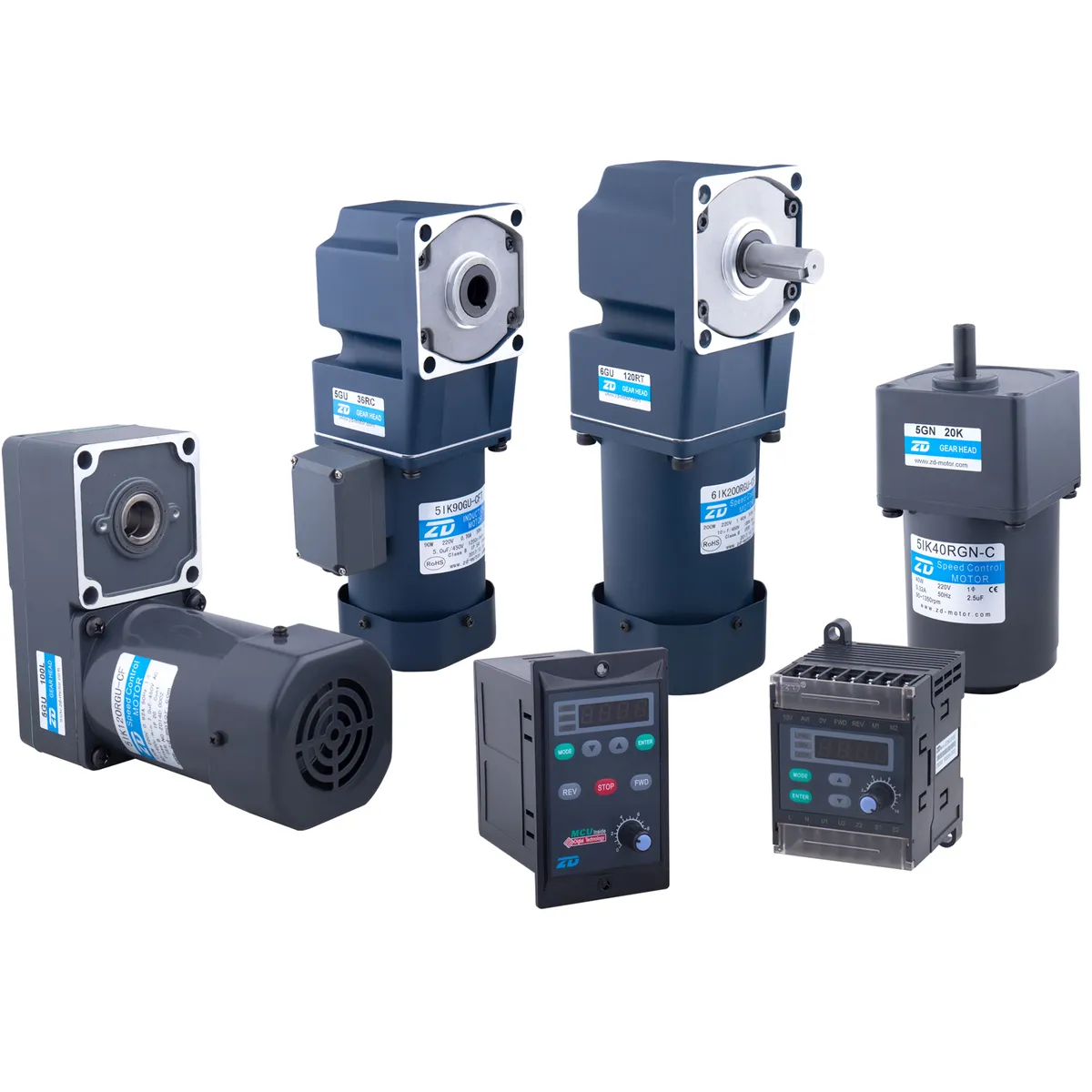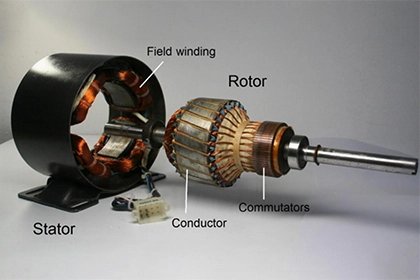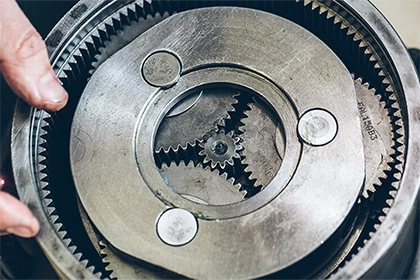
What is the principle of induction motor?
The principle of an induction motor is based on electromagnetic induction, where a rotating magnetic field is created by alternating current in the stator, inducing currents in the rotor, resulting in the production of torque and rotation.
The principle of an induction motor is based on the phenomenon of electromagnetic induction, which was discovered by Michael Faraday in 1831. Electromagnetic induction is the process by which a changing magnetic field produces a current in a conductor.
In an induction motor, the stator's windings produce a rotating magnetic field, and this rotating magnetic field is used to induce a current in the rotor of the motor. The current flowing through the rotor produces its own magnetic field, and this magnetic field interacts with the stator's magnetic field, causing the rotor to rotate.
The stator of an induction motor is typically made up of a three-phase winding, which is connected to the three phase AC power supply. The three-phase winding is arranged in a specific way to produce a rotating magnetic field that rotates at a constant speed. The rotor of an induction motor is typically made up of a squirrel cage structure, and when the stator's magnetic field rotates, it induces a current in the squirrel cage rotor. The current flowing through the rotor produces its own magnetic field, and the interaction between the stator's magnetic field and the rotor's magnetic field causes the rotor to rotate.
One of the key advantages of an induction motor is that it does not require any brushes or commutators, which means that it is relatively simple and inexpensive to manufacture. This makes it a popular choice for a wide range of applications, including fans, pumps, compressors, and conveyors.
In summary, the principle of an induction motor is based on the phenomenon of electromagnetic induction, which is the process by which a changing magnetic field produces a current in a conductor. The stator of an induction motor produces a rotating magnetic field, and this rotating magnetic field is used to induce a current in the rotor of the motor. The current flowing through the rotor produces its own magnetic field, and the interaction between the stator's magnetic field and the rotor's magnetic field causes the rotor to rotate.



Leave a Comment